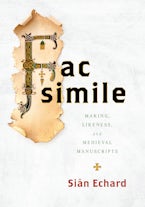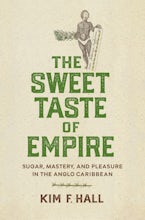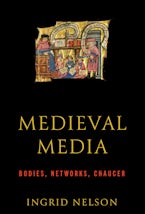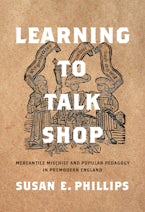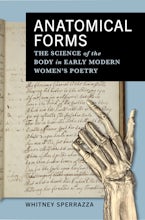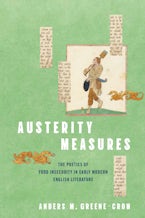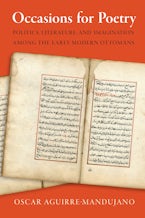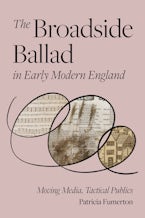Paper and the Making of Early Modern Literature explores the crucial role of paper in the early history of books and of English literature. Taking up four paradigms of literary scholarship—authorship, composition, form, and reuse—Georgina Wilson shows how the material affordances of paper shaped the work of readers, writers, and critics of the seventeenth and eighteenth centuries.
Looking past the surface of printed texts to less legible forms of labor, Wilson models literary critical readings of paper’s physical aspects, from watermarks to rotatable paper dials, in Ben Jonson’s Sejanus His Fall and George Wither’s emblems, sheets, and fragments. Turning from paper's specific physical attributes to authors who were preoccupied with its imaginative potential, Wilson explores how paper’s tangible qualities intervened in what readers and writers did with it, tracing formalist, legal, and political debates on the textual and nontextual uses of paper through the works of John Taylor and eighteenth-century “it-narratives.”
Drawing upon examples from early modern drama, poetry, and prose to consider the real and imagined women and men who made and used paper, Wilson demonstrates how early modern paper was both the product of embodied labor and of the early modern imagination. Bringing together close reading, critical bibliography, archival research, and literary theory, Paper and the Making of Early Modern Literature shows how paper makes literature not only as a physical object but also as a discipline.



